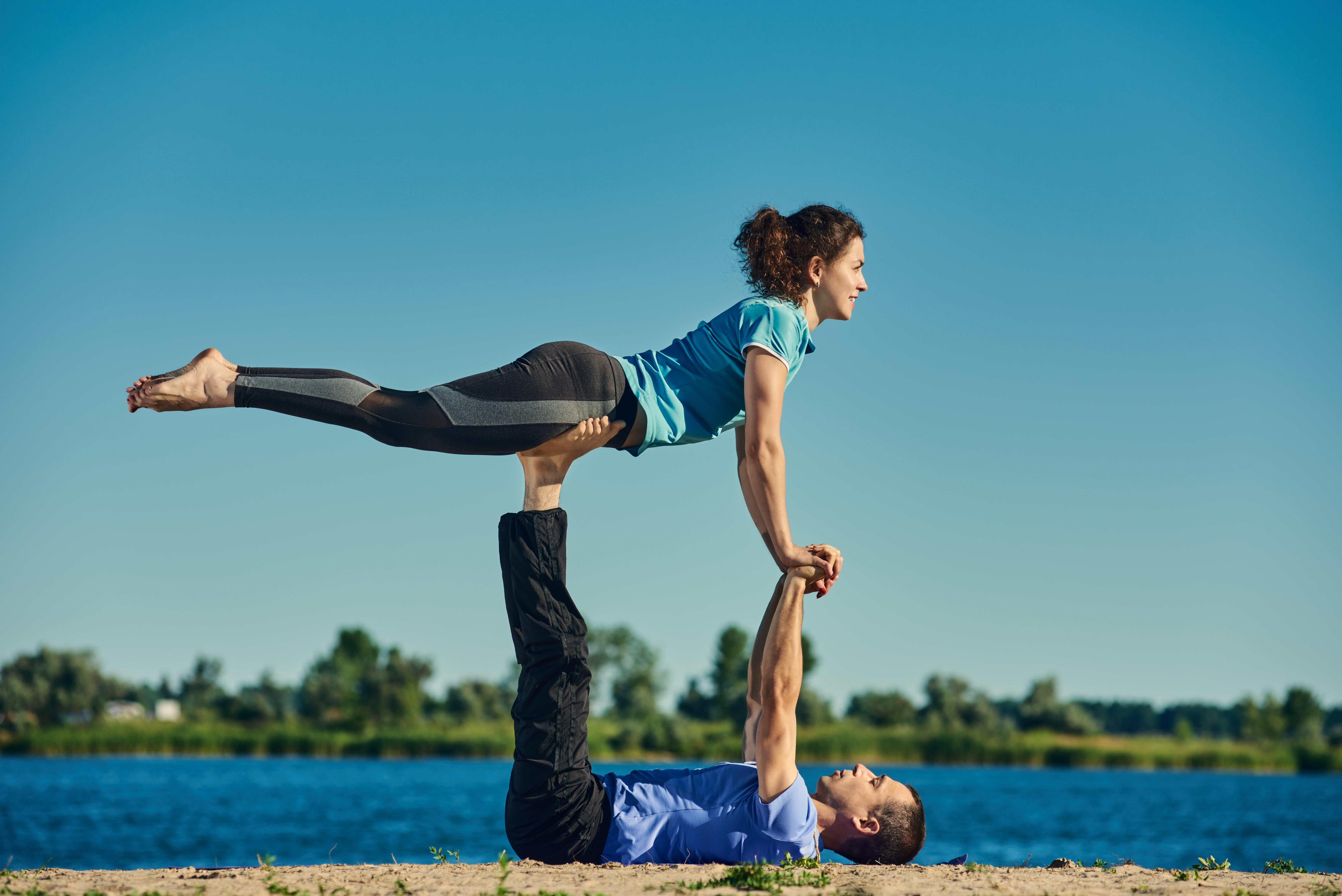A beginner's guide to building EQ

Man is an emotional entity, therefore, having a grasp on one's emotions and knowing how to manage them is essential for maintaining a balanced personality. The approach taken by many in today’s fast-paced life is to resort to unhealthy behaviours that distract them from the pain. Instead of dealing with their emotions some may even turn to food, alcohol, drugs, technology etc. Most of us were never taught how to work with our emotions, which make us incapable of handling emotional situations with effectiveness. Yoga enables us to gain mastery over our feelings so that we can become stronger and more stable.
Yoga has the power to unlock, heal and balance emotions. Whenever we find ourselves in tensed or stressful situations, which make it difficult to keep calm, taking a few deep breaths will always do the trick. This is an everyday example of how yoga can dramatically shift our unhealthy, unsupportive emotions into constructive and helpful ones, and how it can help us have happy & content lives. Moreover, it has also been observed that yoga can help treat the symptoms of depression and bipolar disorder. Practising yoga regularly also helps tackle mood swings, fear, anxiety, tension, and lethargy.
It is also believed that yoga helps in releasing energy blockages known as granthis in Sanskrit. These blockages are often formed in the lower back area, the heart chakra, the throat chakra and near the navel region. Yoga poses and breathing techniques have been designed to help release the said blockages. It helps build a healthy foundation to address one’s feelings and build emotional strength. But just going through the emotions is not enough. To truly strengthen your emotional health during yoga, it must be accepted as something more than a physical practice.
The following are three techniques to get started:
1. Concentration on maintaining the fluidity of breath
By concentrating and regulating your breath throughout the yoga practice, we begin to stabilize the breathing pattern. Nothing resolves emotions more effectively than concentrating on the breath. Observe the flow of the breath and you will notice that stressful moments pass quickly rather than becoming stuck or magnified. Maintaining steady breathing helps in eliminating emotional meltdowns.
2. Complete mindful relaxation during Savasana
It must be noted that often time we completely check out during savasana instead of staying present in the moment. We allow our minds to fray and do not reap the complete benefits of practising savasana. The first step of emotional evolution is acceptance. We need to completely face and accept some of our toughest emotions such as anger, grief, loss, and sadness etc. By practising conscious relaxation and being more mindful one can better their ability to re-invoke this relaxed state during difficult or stressful times.
3. Holding poses for longer
While practising yoga, we sometimes tend to break the pose when it gets intense or we start to feel slightly uncomfortable however staying in such poses for longer than usual works wonders in building emotional strength. Staying with the difficulty of the pose helps in building emotional resilience. By doing this we build tolerance, both physical and mental. Therefore each time you successfully navigate distress, you become more capable of doing so again. Stretching exercises such as Tadasana, Parsavkonasana, Warrior pose, Stick asana are excellent for building resilience.
Yoga is a great practice that works on the overall development and well-being of a person. it makes you emotionally, physically and spiritually more capable and stronger to handle tough situations and it helps you live a mindful life.
